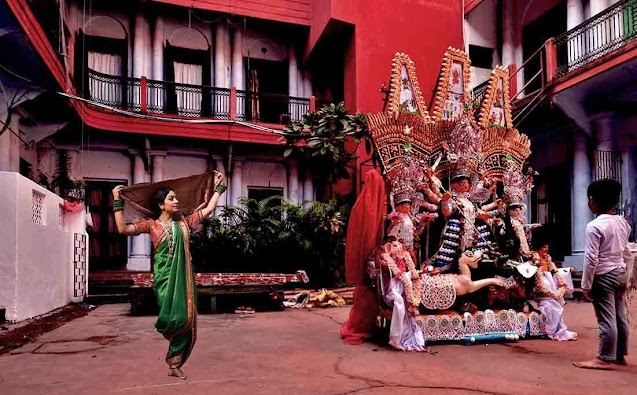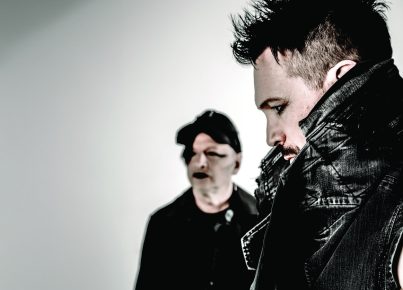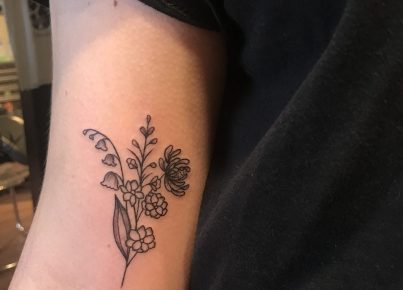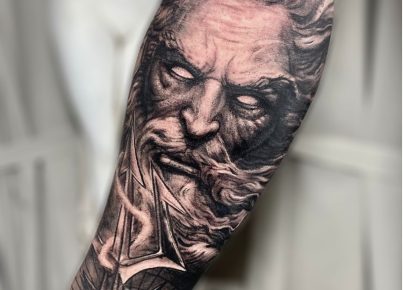The first order of business is to engage your subject. This is where we all have to learn to overcome our shyness and approach people in an open and friendly way. Be honest about who you are and what you are doing. Don’t just barge into a scene with the cameras on. In fact, it is usually best to leave the camera in your bag when you approach people for the first time, so as not to scare them. Take the time to have a conversation with the person, just as you would if you didn’t have a camera. Remember the golden rule. Think about how you would feel if someone came up to you and wanted to take a picture. How they did it would determine how you would respond.
One of the keys to success in photographing cultures other than your own is to do as much research as you can before you go. Talk to the people who have been there and get their recommendations. Find out if there are taboos about photography and, if so, what they are. Another key to success is being sensitive to local customs and the different reactions people may have towards you and your camera. Learn a few simple phrases in the local language so that you can at least greet people and ask if you can take pictures of them.
Some people have no problem with photography and you should treat them in the same courteous and respectful way that you would treat people at home, involving them and asking for their permission. Others have objections to taking pictures of certain individuals or groups. Some people object on religious grounds. Some feel that you want to make fun of them, show their poverty or some other aspect of their lives to the world. Other people believe that when you make an image of them, you are stealing their soul or in some other way taking something from them.
They are right, of course. Photographers talk about capturing the essence or spirit of a person or place. We drink something and benefit from it. You should always respect people’s feelings and beliefs. There are selfish reasons for this: you don’t want to be beaten up or thrown in jail. But the main point is that people are always more important than photographs. You don’t want to abuse people, and doing something against a deeply held belief is abuse. And the photographs probably wouldn’t be very good anyway.
You may be asked to pay to photograph certain people. My advice is to comply with such requests. You pay for a postcard when you travel, why not for a picture that you make? It’s usually not a lot of money for you, but it can be a lot for the people you want to photograph. If you don’t want to pay, you can always go ahead.
The casual portrait
Wherever you are with your camera, always be on the lookout for those moments when a person’s character shines through. If you have a formal portrait session with someone, make some frames of him while he is fixing his tie or while she brushes his hair before the formal session. Get back in the car with her and shoot her on the street. If you are having a spring picnic with the family, look for that moment of happiness when your wife lays back, satiated, to enjoy the caress of the warm sun. If you are on the street, look for the impatient expression on a pedestrian’s face as you wait for the light to change. Always be on the lookout for the revealing moment. Each person has a story and each image must tell part of that story.
Environmental portraits
Portraits are about people. Environmental portraits are about people and what they do with their lives. They are about the type of house a person lives in and how they decorate it; what kind of work they do and where they do it; about the environment they choose and the things they surround themselves with. Environmental portraits seek to convey an idea about a person by combining the portrait with a sense of place.
Group portraits
Group portraits are difficult to do well, and the larger the group, the more difficult they are. It is not easy to get a good and revealing photograph of a person, and the problems are exacerbated exponentially with groups. We have all had the experience of trying to get the family or the ball team to pose for a photo. Having them all arranged so that you can see their faces is quite difficult. So of course you want a picture where everyone looks good, no closed eyes, no grimaces. Taking group portraits requires imagination, patience, and diplomacy. Use your imagination. Find a way to relate the group to an environment that expresses something about what kind of group they are. Do it literally, humorously, dramatically, or in complete contrast. Get ideas from them.
Family issues
Members of our family are the people we photograph most often. We record momentous occasions and occasional moments. Albums filled with baby photos, first steps, minor league games, Halloweens, Thanksgiving and weddings mark our passage back in time. These photographs are our memories come true and they are probably the most important images we will ever make or have. You should apply thought and technique with the same rigor, if not more, to photographing your family as you do on any photography assignment. There is no better group to practice photography. No other will be so confident or willing to indulge his ever-present camera, his clumsiness with lights and his mistakes. When you are photographing strangers, you either get the idea or not. There is no going back to a fleeting moment. With your family, you can work toward achieving a similar moment over and over and over again.
Hands and other details
The hands of a farmer, a pianist, a baker. The feet of a ballet dancer, a long distance runner, a place kicker. The belly of a pregnant woman, the biceps of a weightlifter. Hair stroking a pillow, fingers clenched in prayer, an attentive gaze. Details of the human body make great photographic subjects, whether as expressions of ideas or emotions, as graphic shots, or as a way of saying something about an individual. Whenever you are photographing someone, try to think of details about their body or clothing that indirectly convey your message.
Are there particular parts of your body or items of your clothing that are important to what you do for a living or as a hobby? Do any of them really stand out? Can you find a way to abstract what you want to say about the person using one of these elements?
The point is to use your eyes and your imagination, whether you want to use detail and abstraction to say something about an individual or about the beauty of the human body. If you are taking detail photographs of the human body, you will be working closely with people and will have to direct them, tell them where to pose and how.






